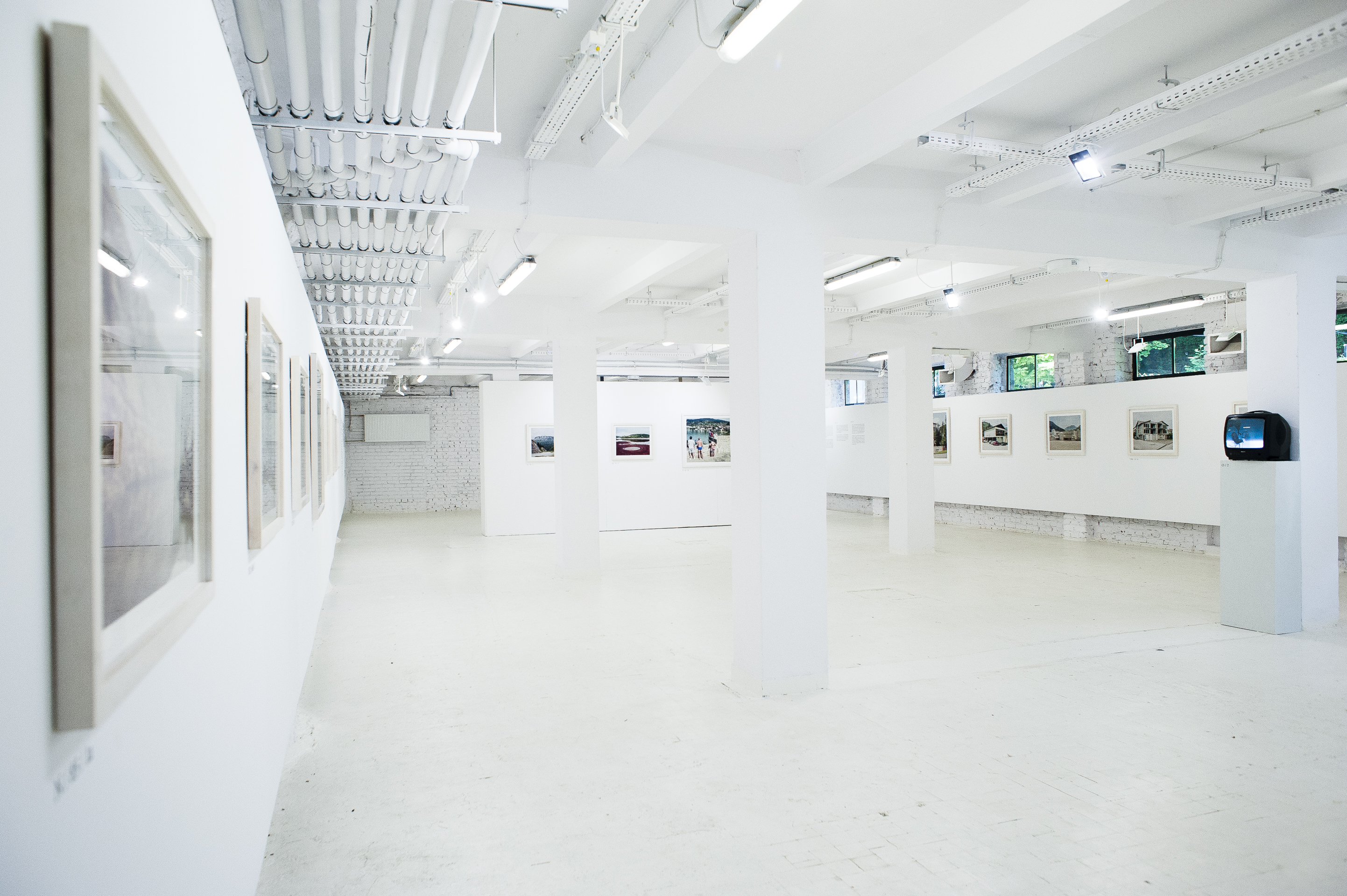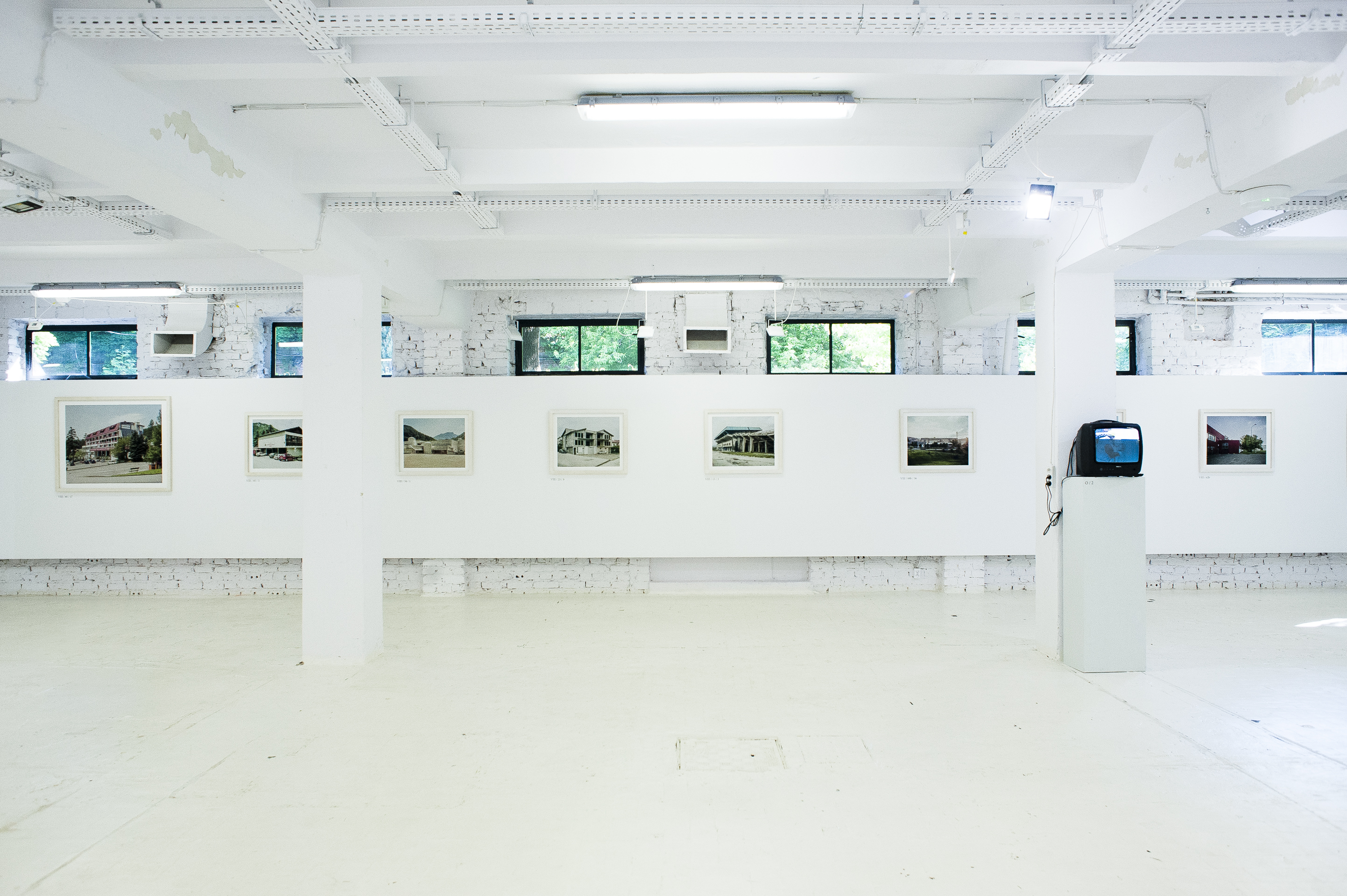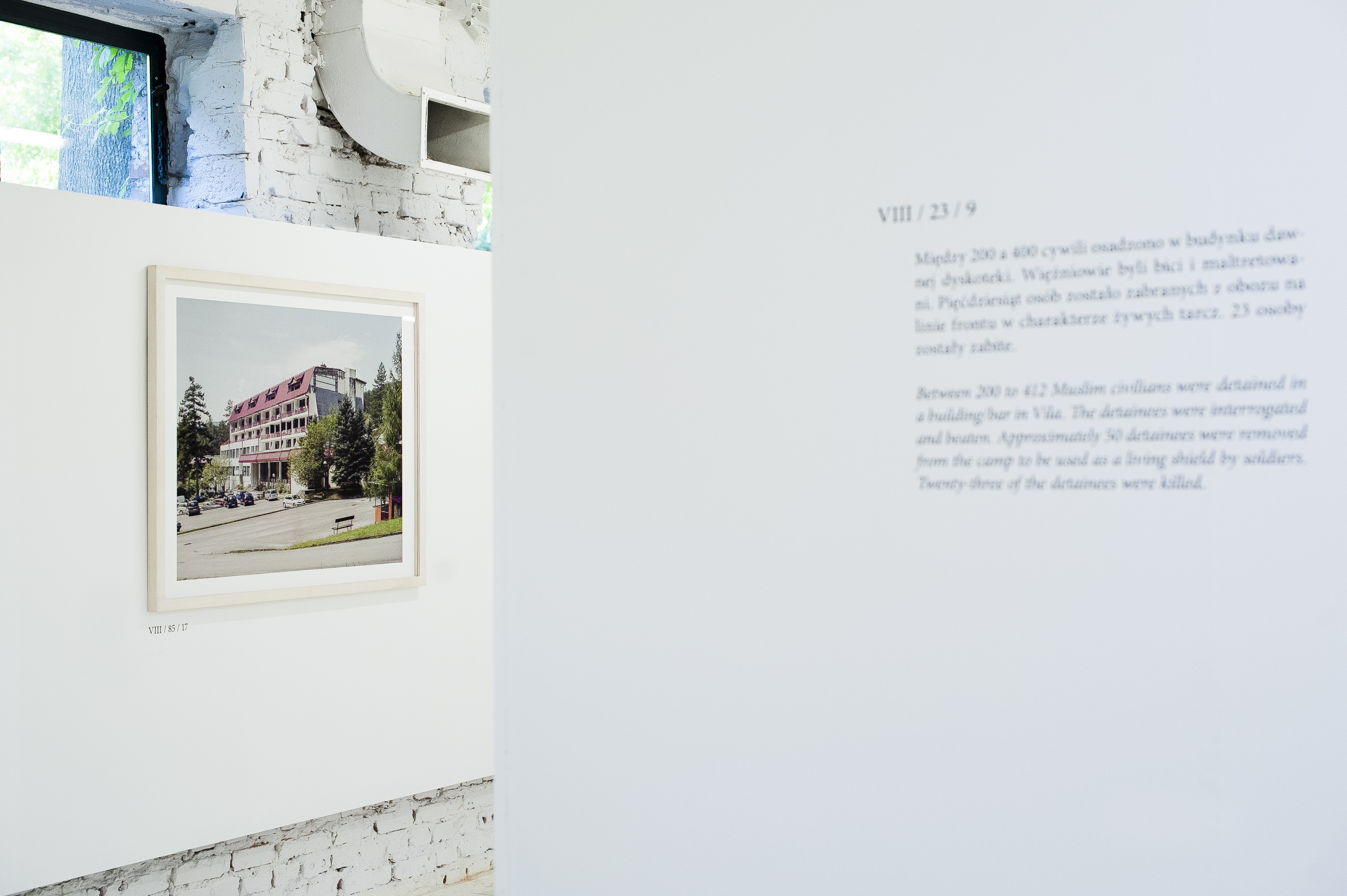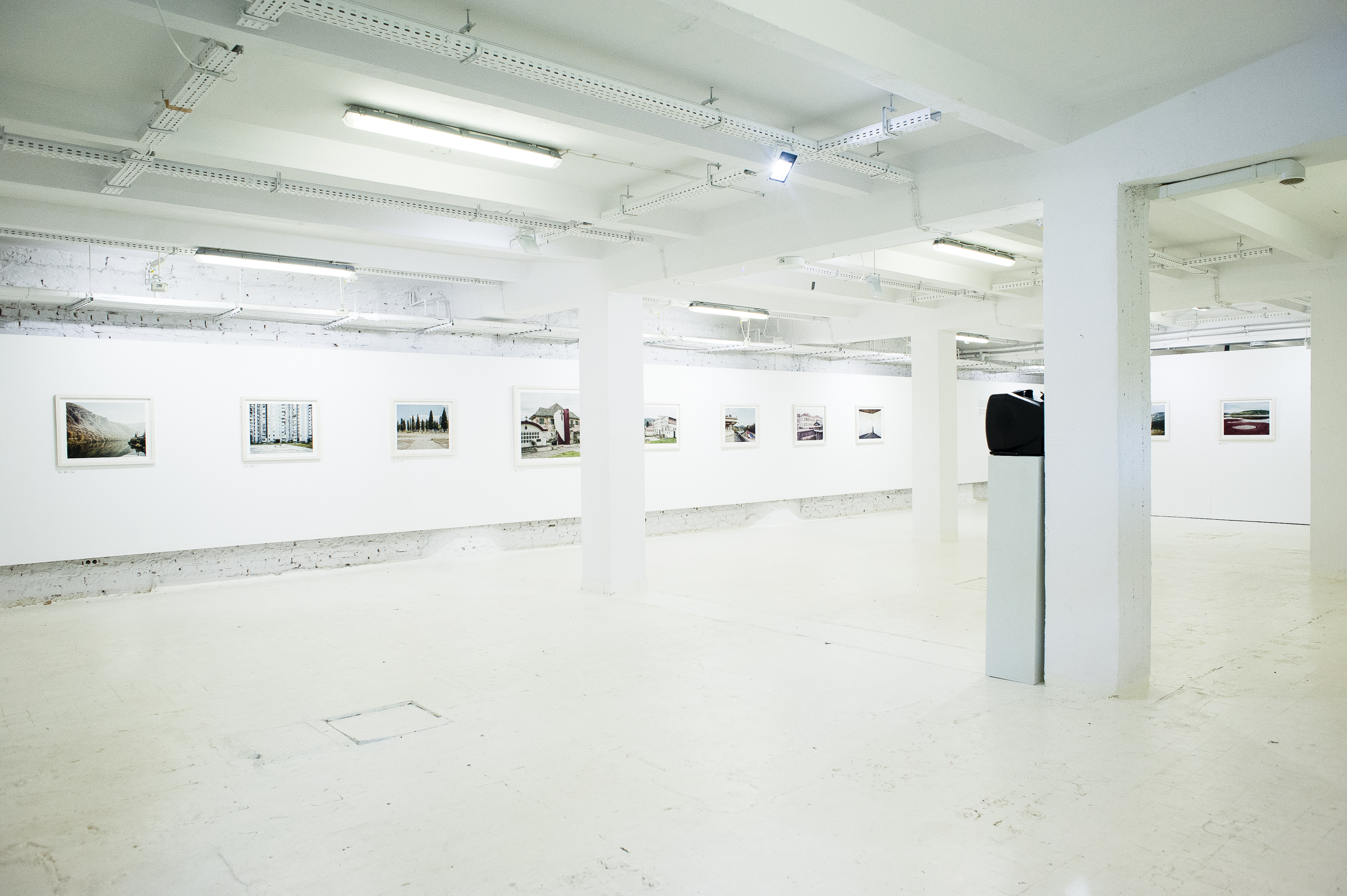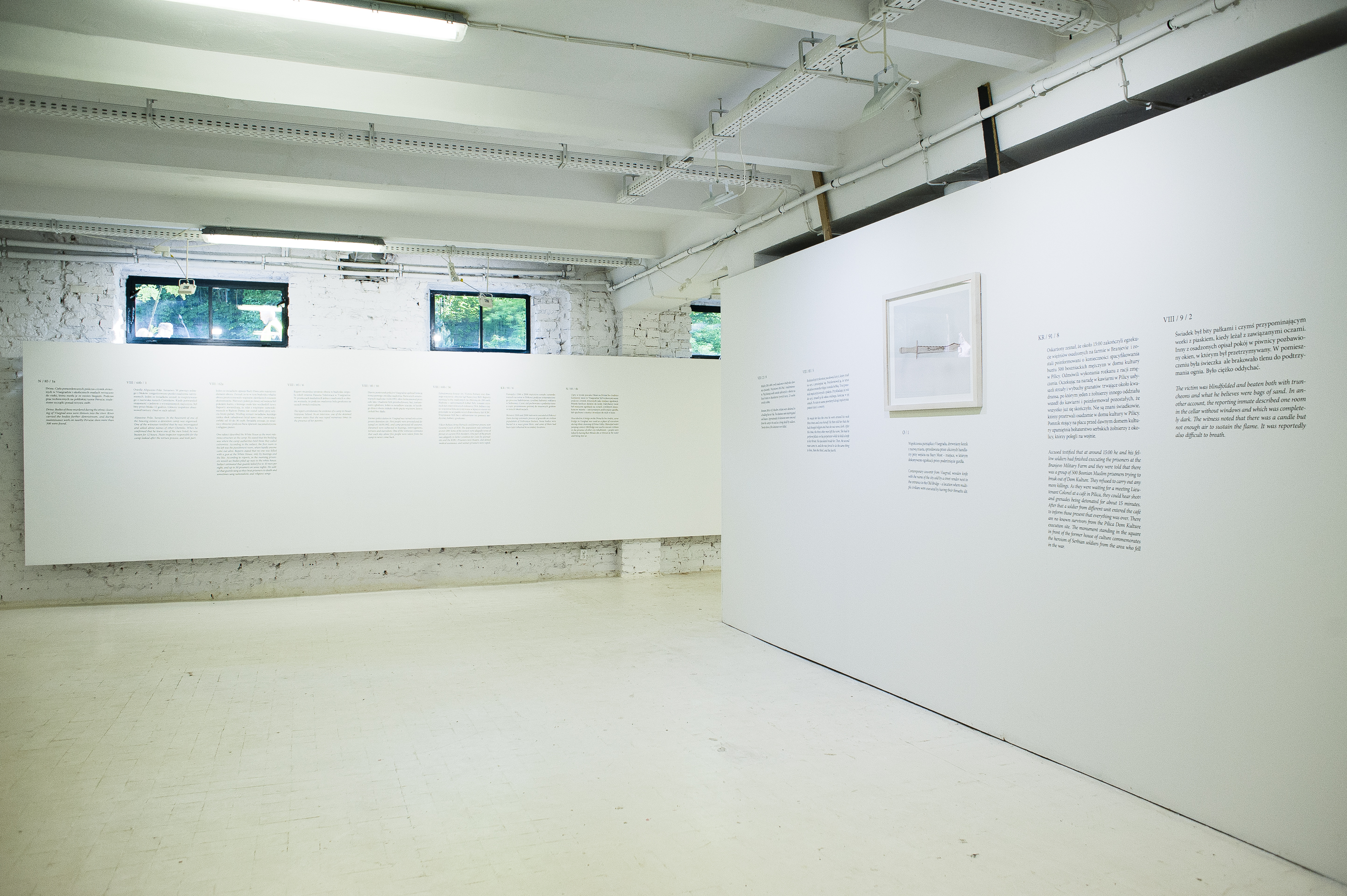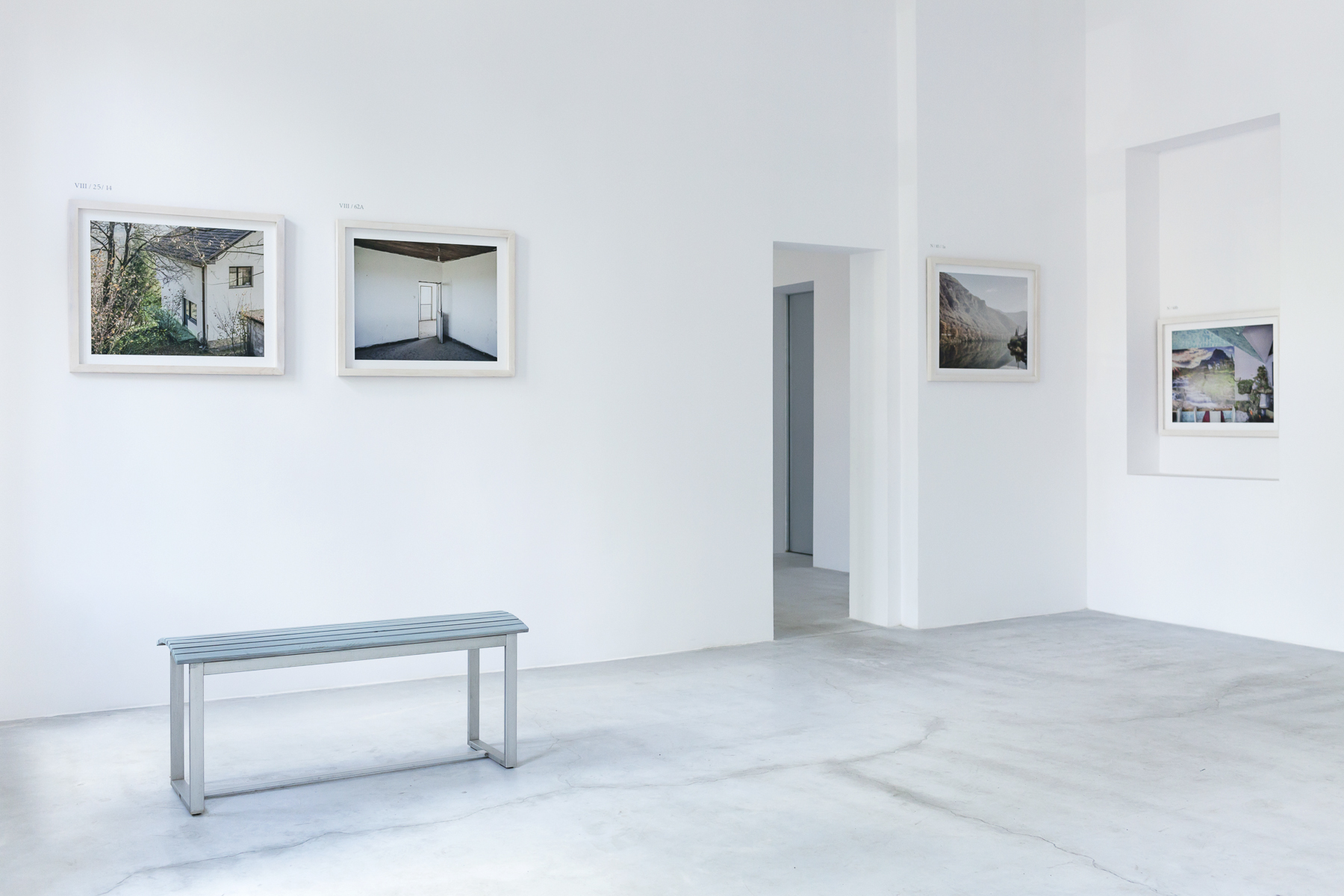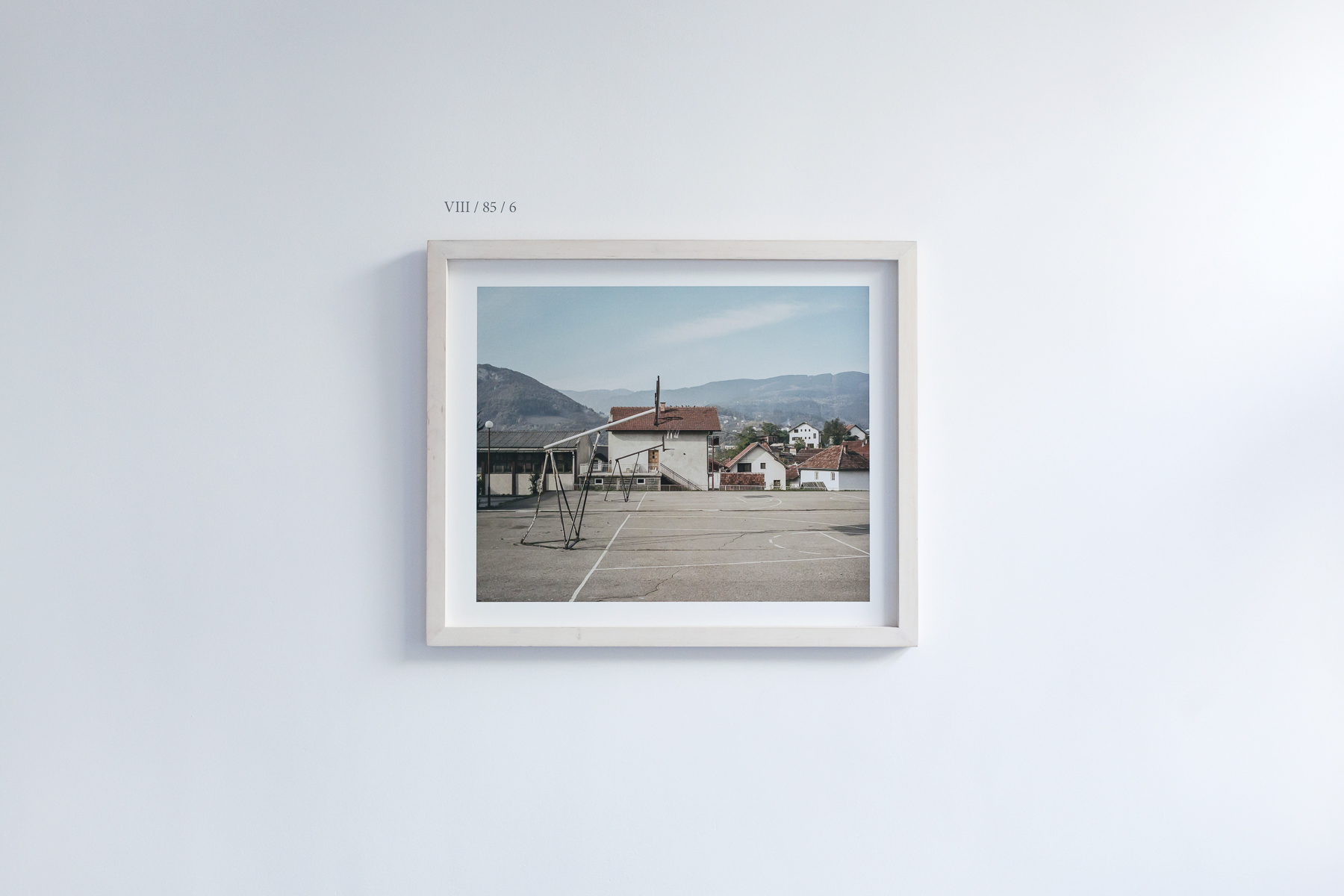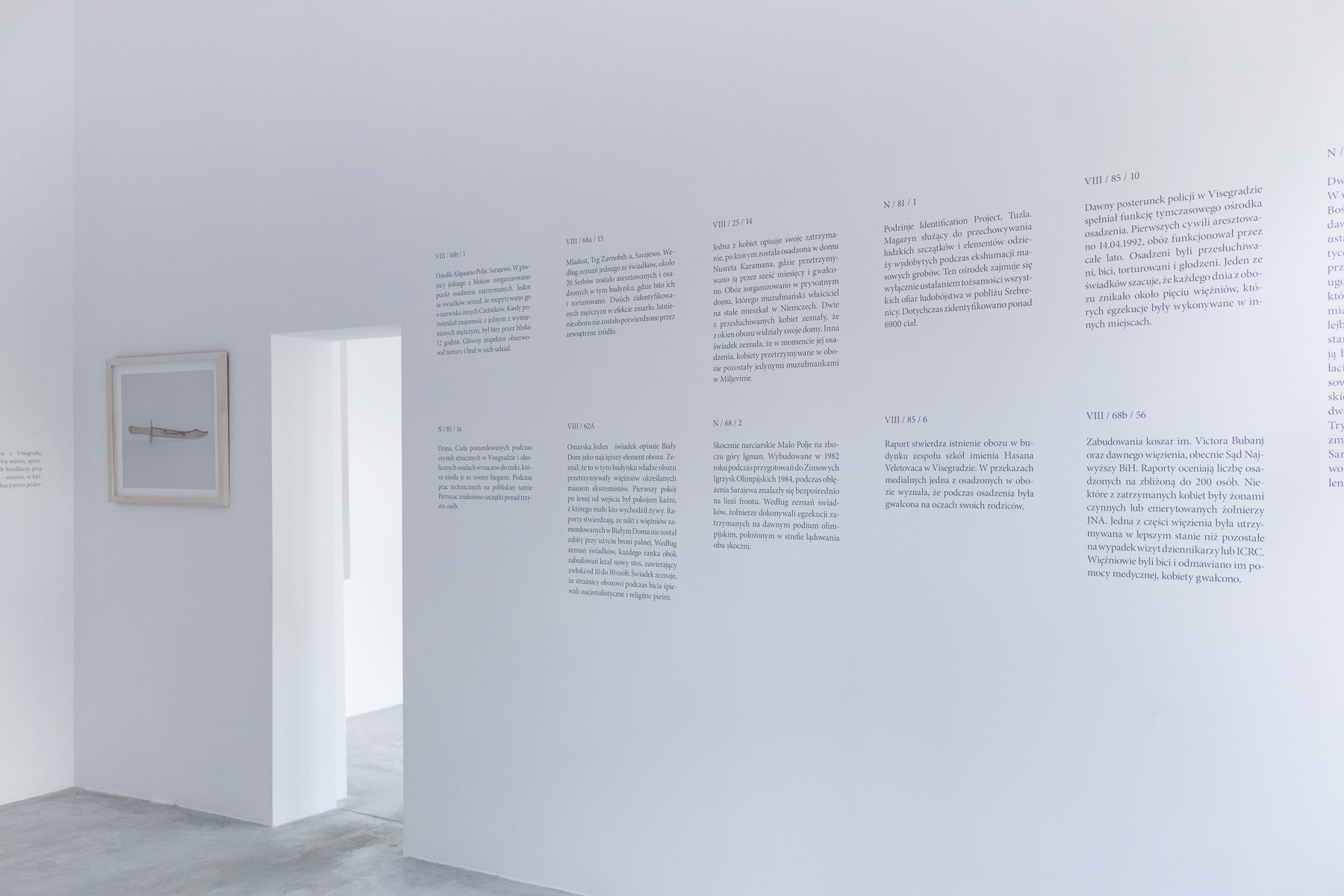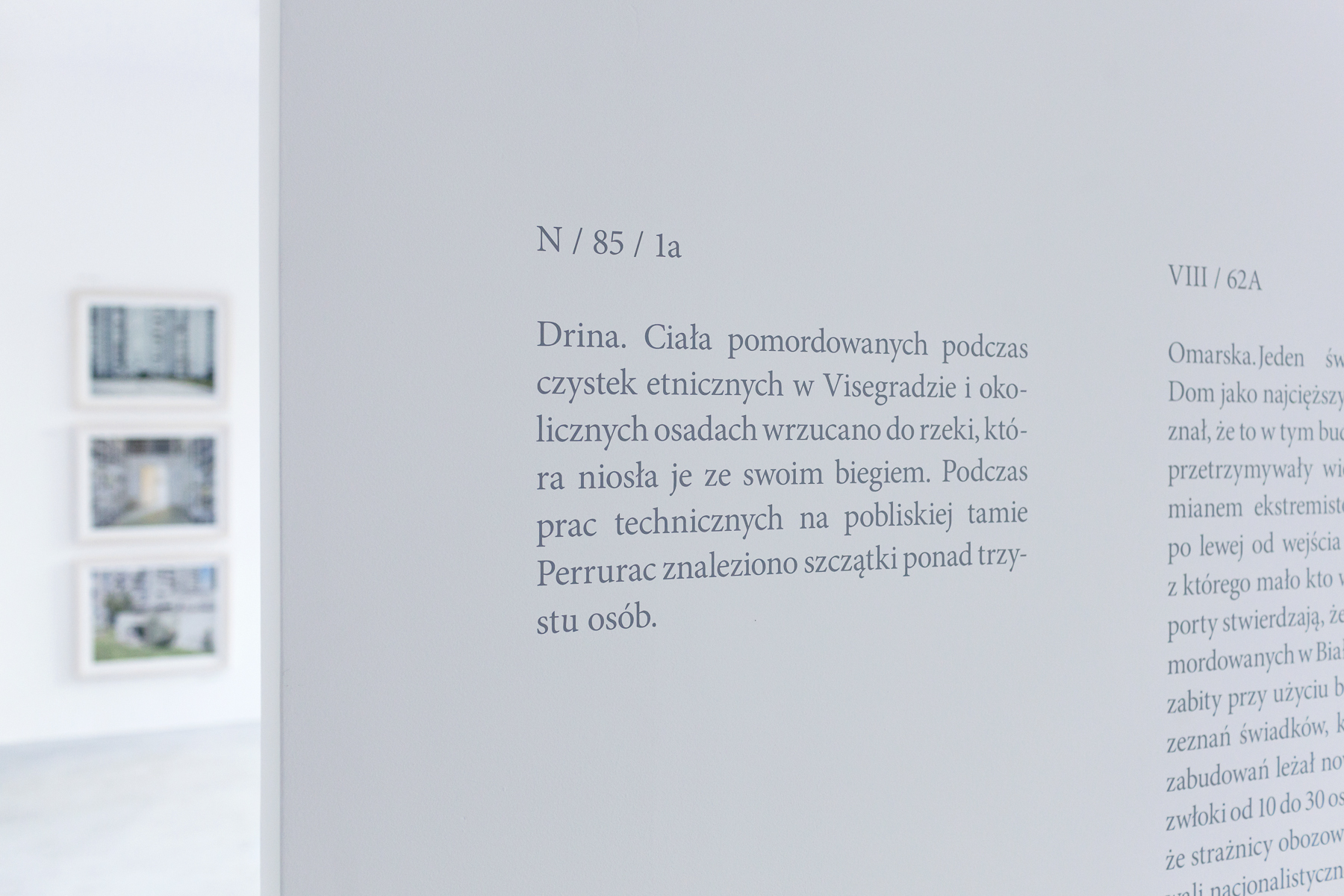The nation, as an ethnic group with an organised state, among its constitutive features includes sharing the same historical and cultural conditions. The culture of a community is based on a shared history, taking the shape of the order of facts that was established.
By common saying, that’s winners who write history.
Makeshift is a project on rewriting history in Bosnia and Hercegovina, focusing on mass atrocities of Bosnian War, places where they were committed, and their erased context. In most cases, places used to keep, torture, rape and murder civilians were renovated after the war, and thus restored to their former purpose of buildings of public utility. History is a collectively set narration, so it has the ability of being rewritten from scratch, to omit things that had to be forgotten. Given the fact that a vital part of events of Bosnian War of 1992-1995 is now concealed by new historical narrations to maintain the integrity of newly founded society of divided ethnical groups, it’s extremely important to analyse this conflict, the reasons behind it and the aftermath of it. A lot of them seem universal and beyond specific place and time, and thus could be easily repeated again. The entire landscape bears contamination that part of newly written history wants to erase.
In 2020 project was published as a digital piece in cooperation with Krzysztof Pijarski and Michał Szota, as a part of vnLab program.
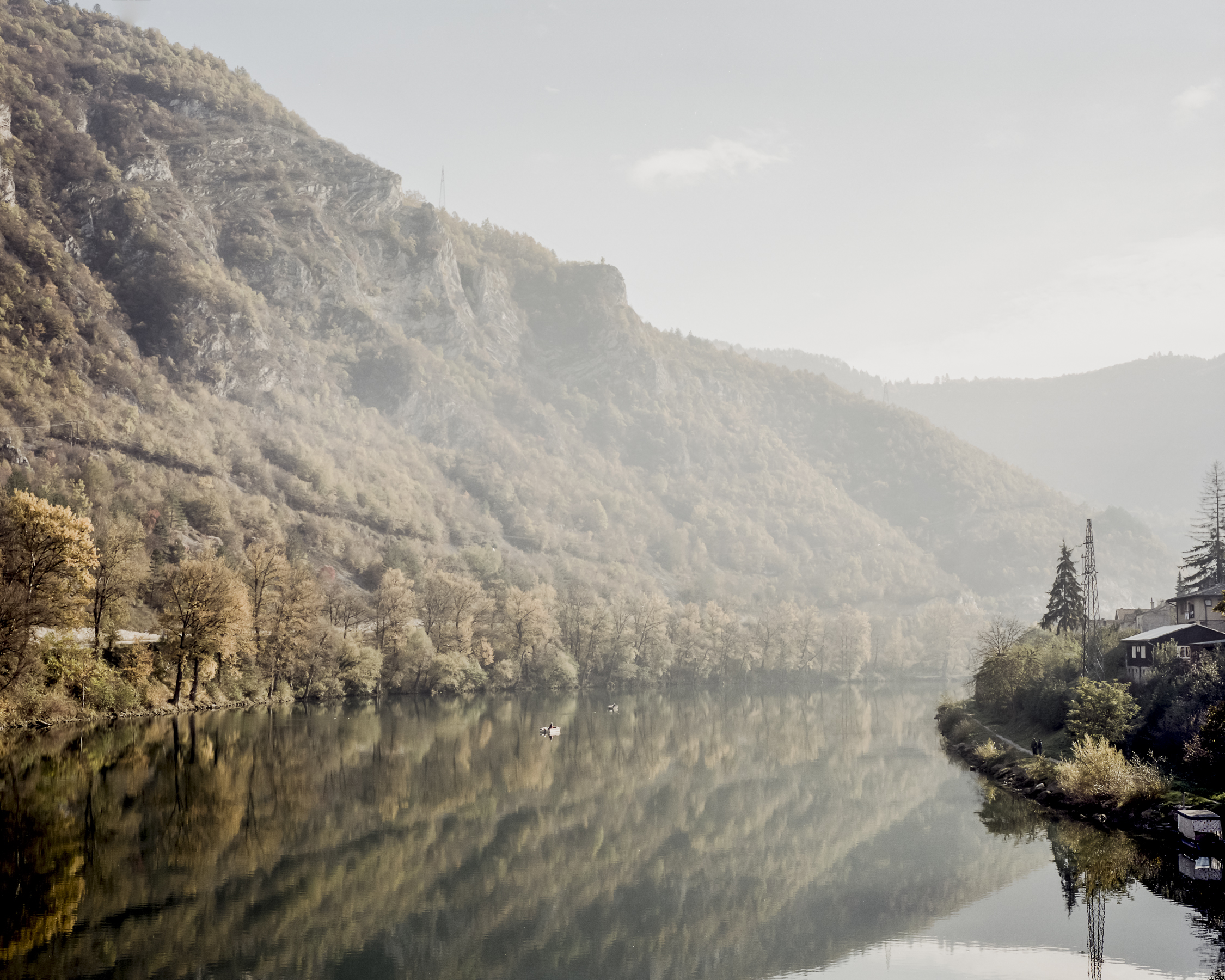

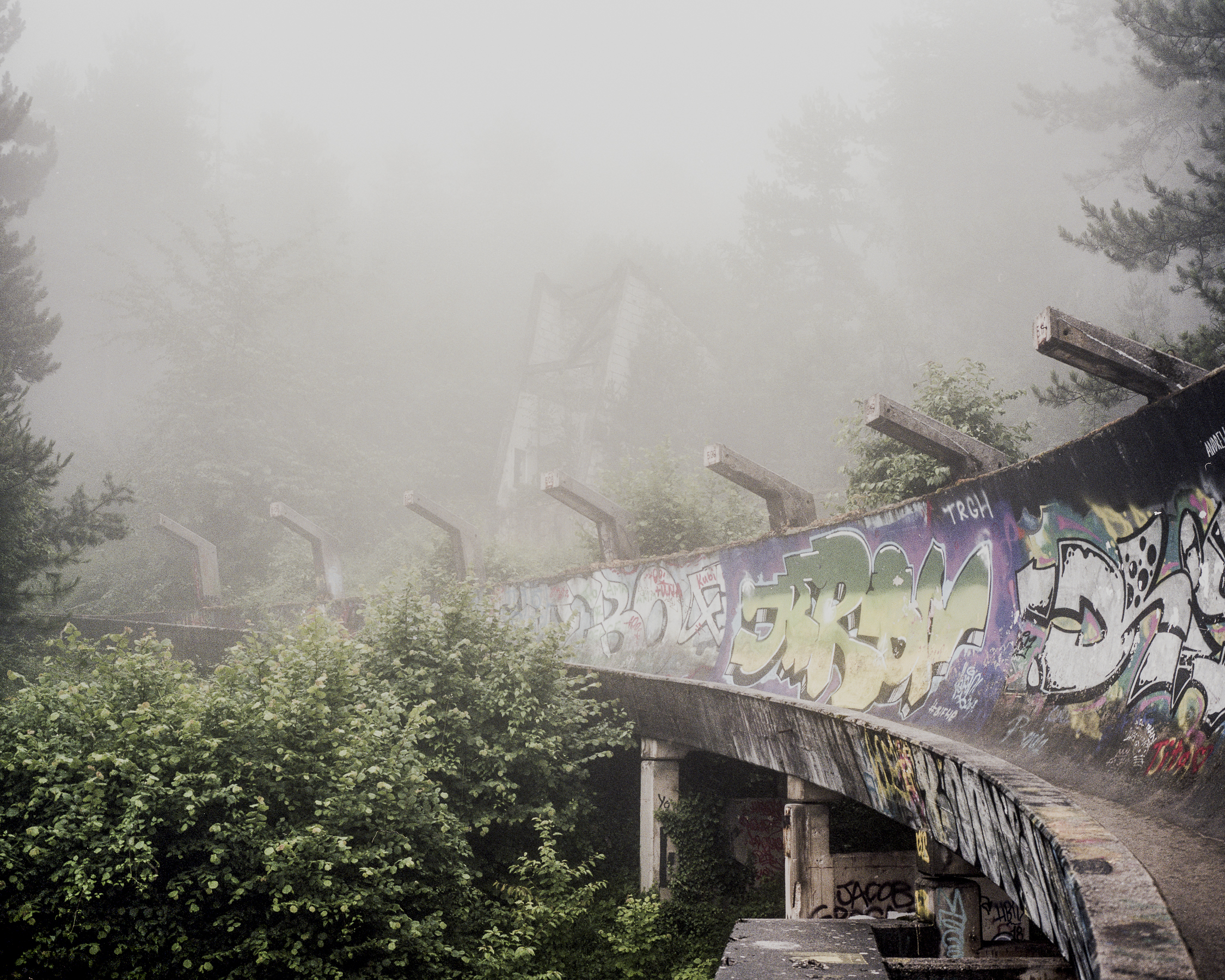

One subject described the White House as the most infamous structure at the camp. He stated that the building was where the camp authorities held those they called extremists. According to the subject, the first room to the left was the punishment room, where hardly anyone came out alive.
Reports stated that no one was killed with a gun at the White House, only by beatings and the like. According to reports, in the morning prisoners would see bodies piled up next to the white house. Subject estimated that guards killed five to 10 men per night, and up to 30 prisoners on some nights. He added that guards sang as they beat prisoners to death and sometimes sang nationalistic and religious songs.




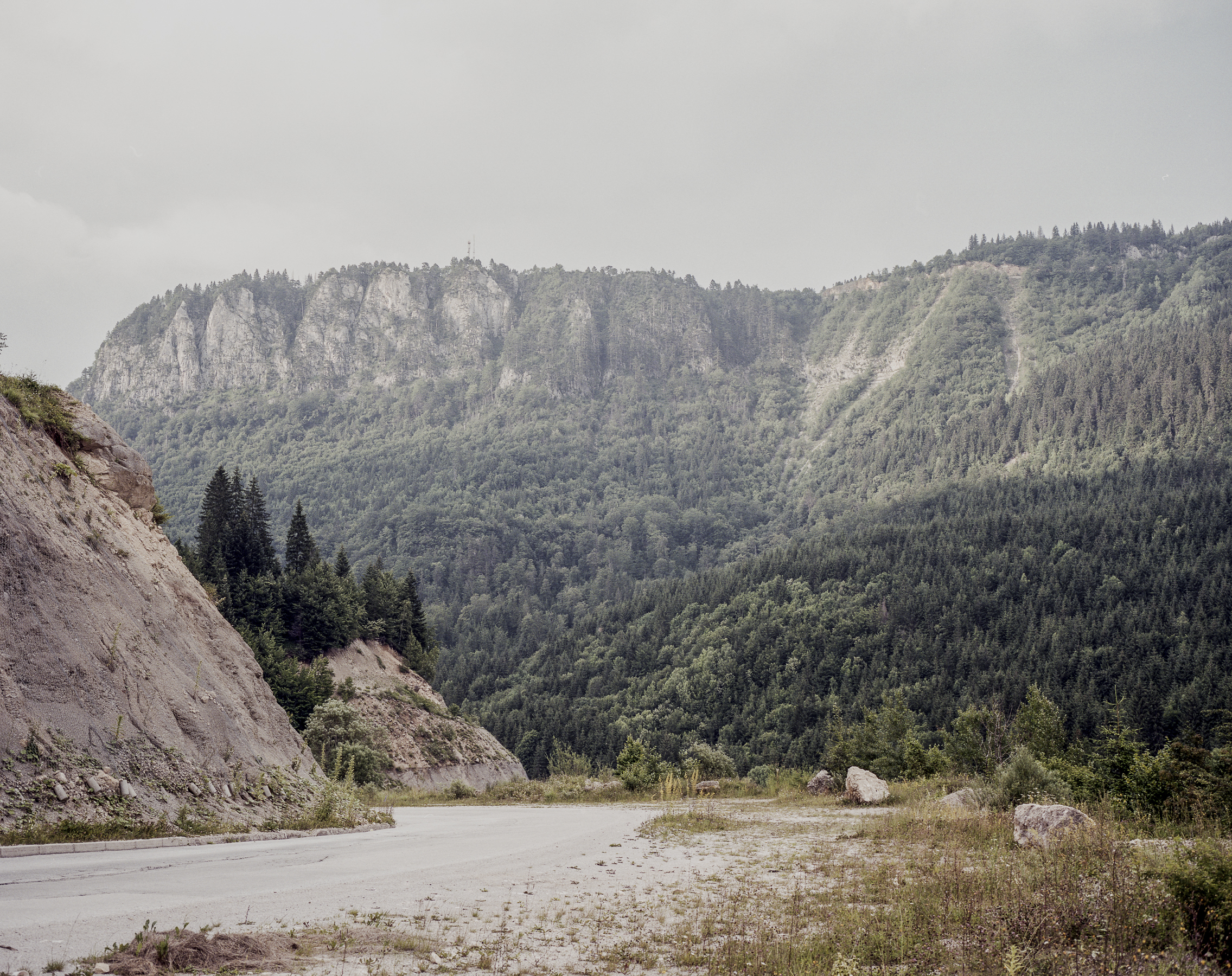

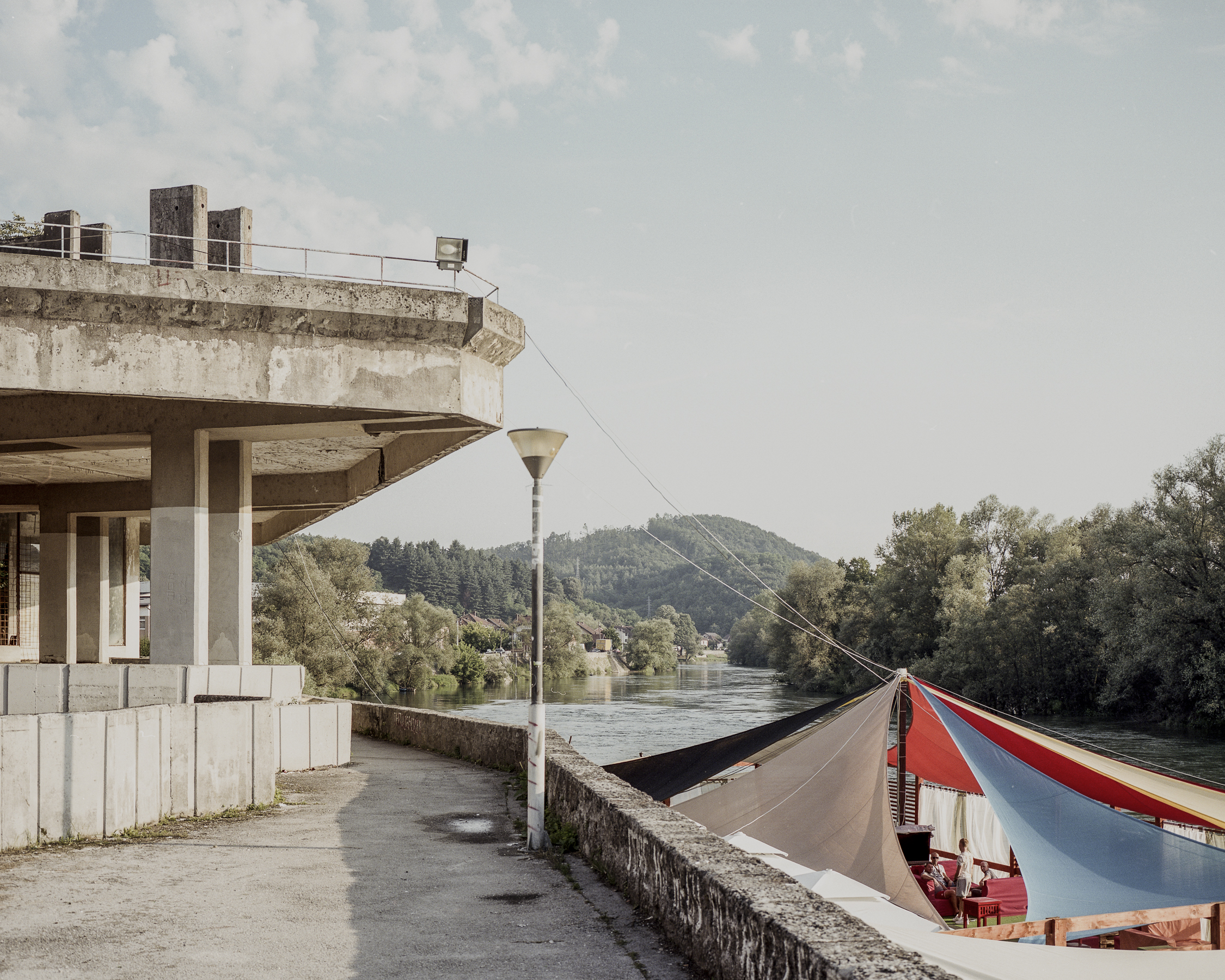
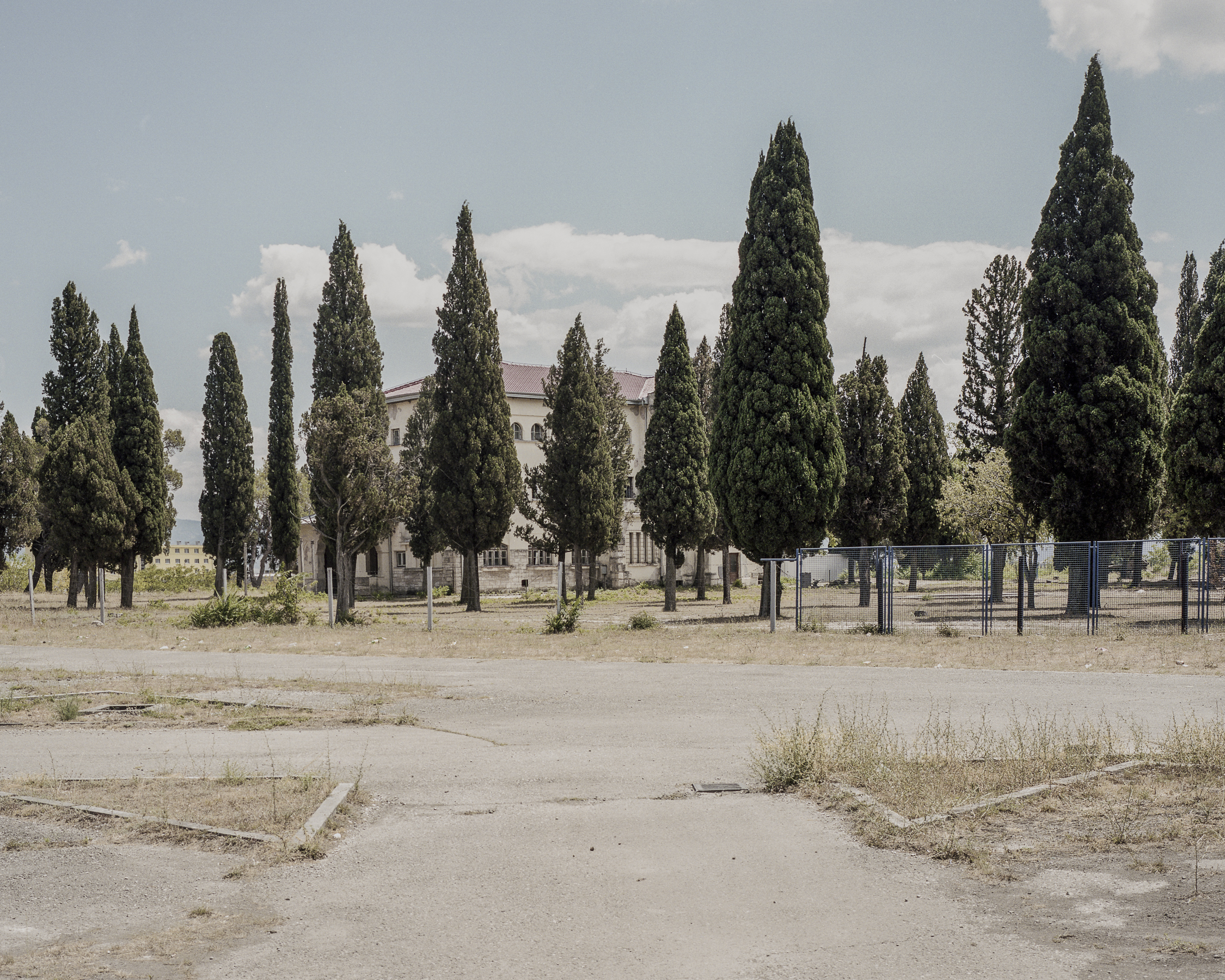
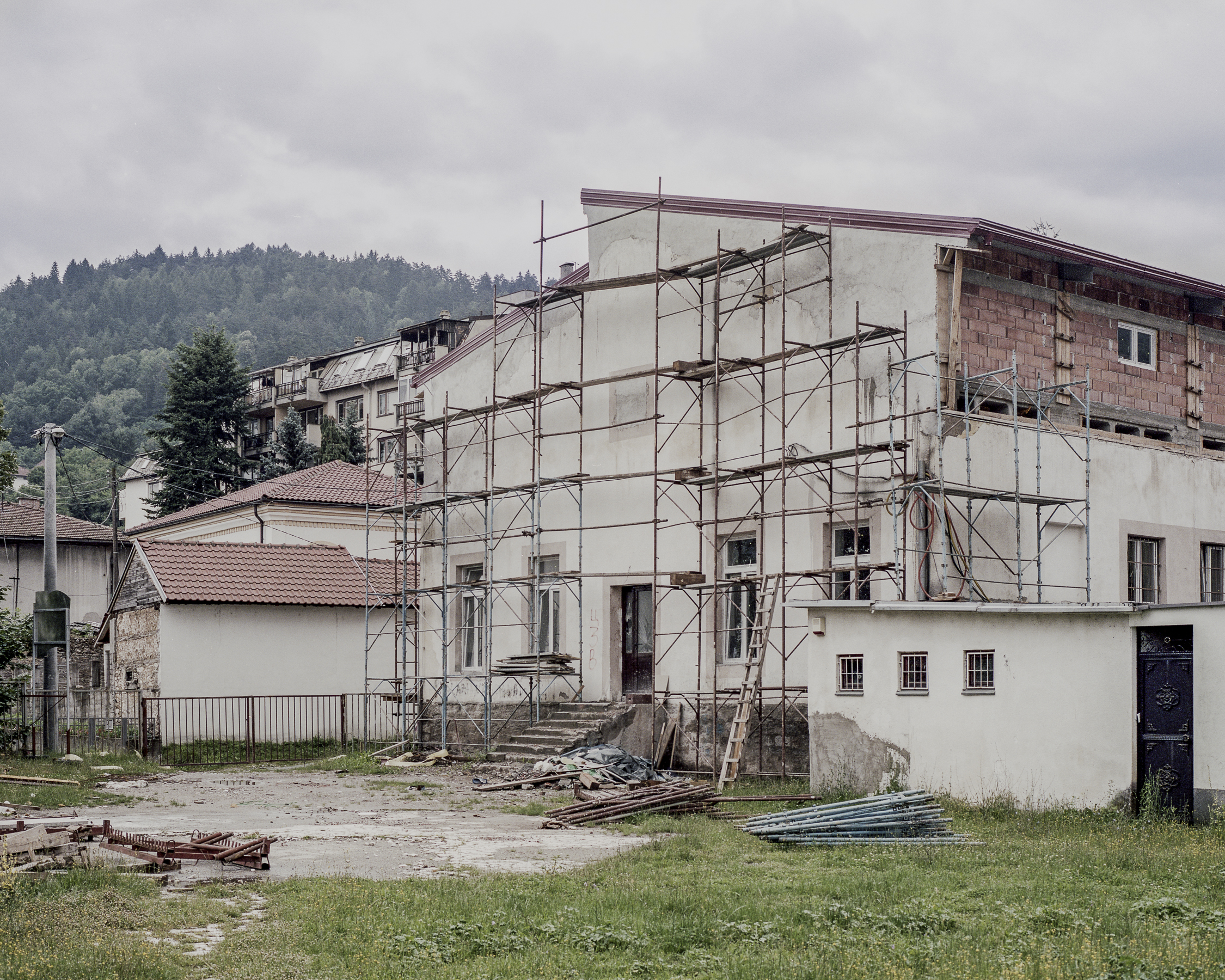
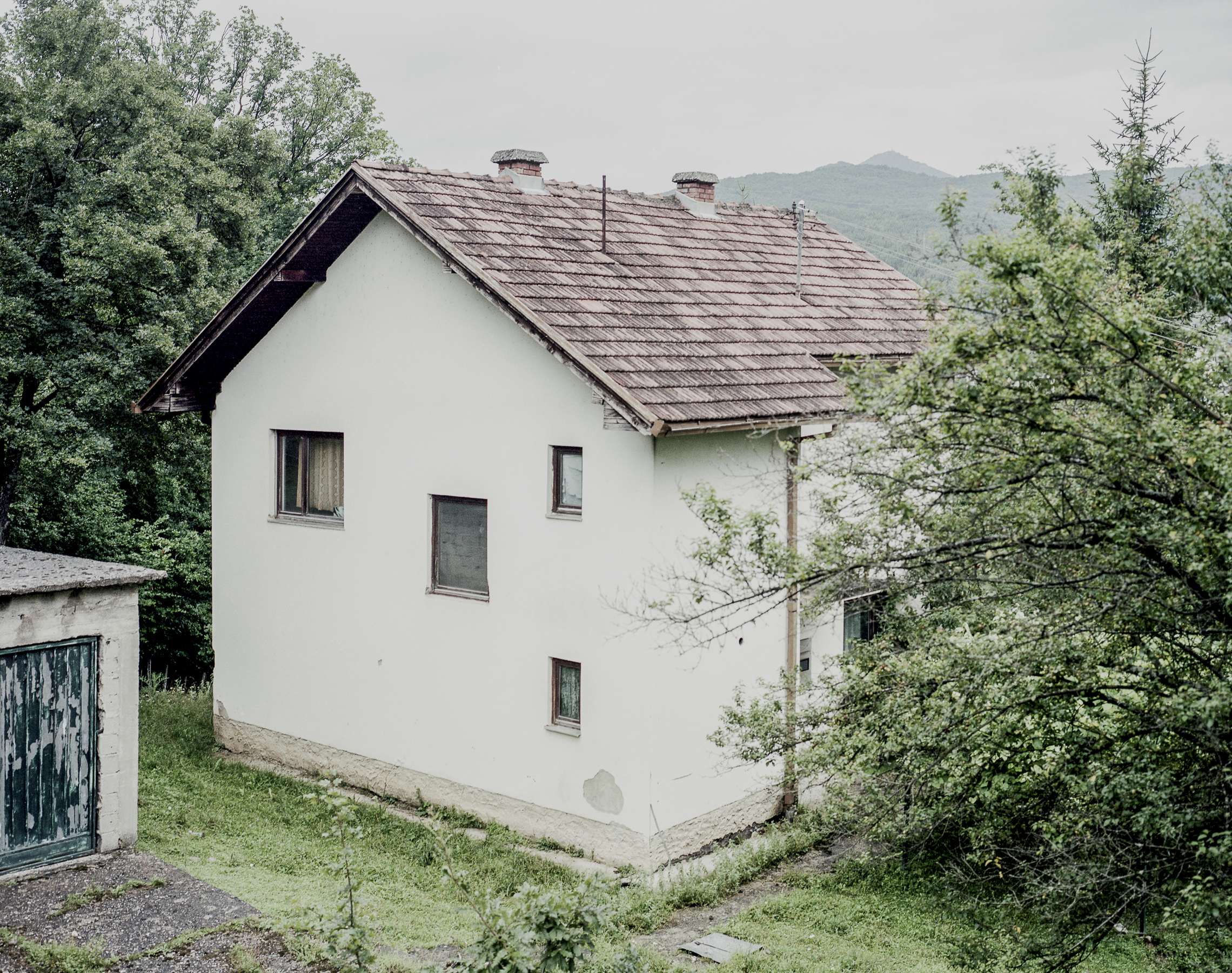
One of the prosecuted stated that he visited the site in Vogošća Motel at least once a week on the suggestion or orders of his commanders or his platoon leaders. He stated that he was told it was important for his morale to rape Muslim women. Prosecuted confessed to raping eleven women on this site, and killing them at Zuc mountain afterwards.
Prosecuted also stated that he was present when French and Canadian UNPROFOR soldiers came to take women away in UN APCs, and that UN soldiers raped women and returned them to the restaurant. Prosecuted also added that once he saw General McKenzie, the commander of UNPROFOR in Sarajevo, with four girls. He said he recognised the general from television.
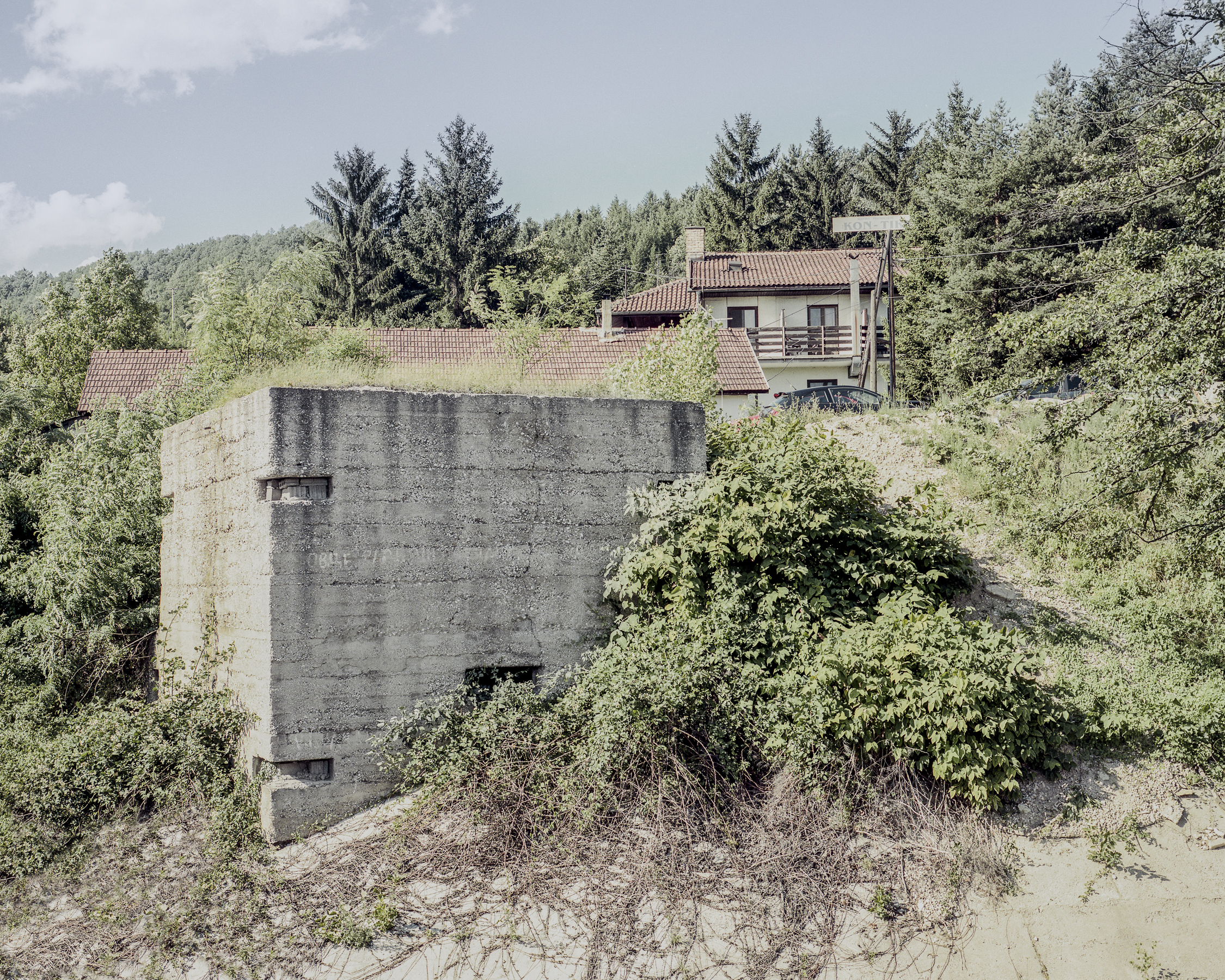




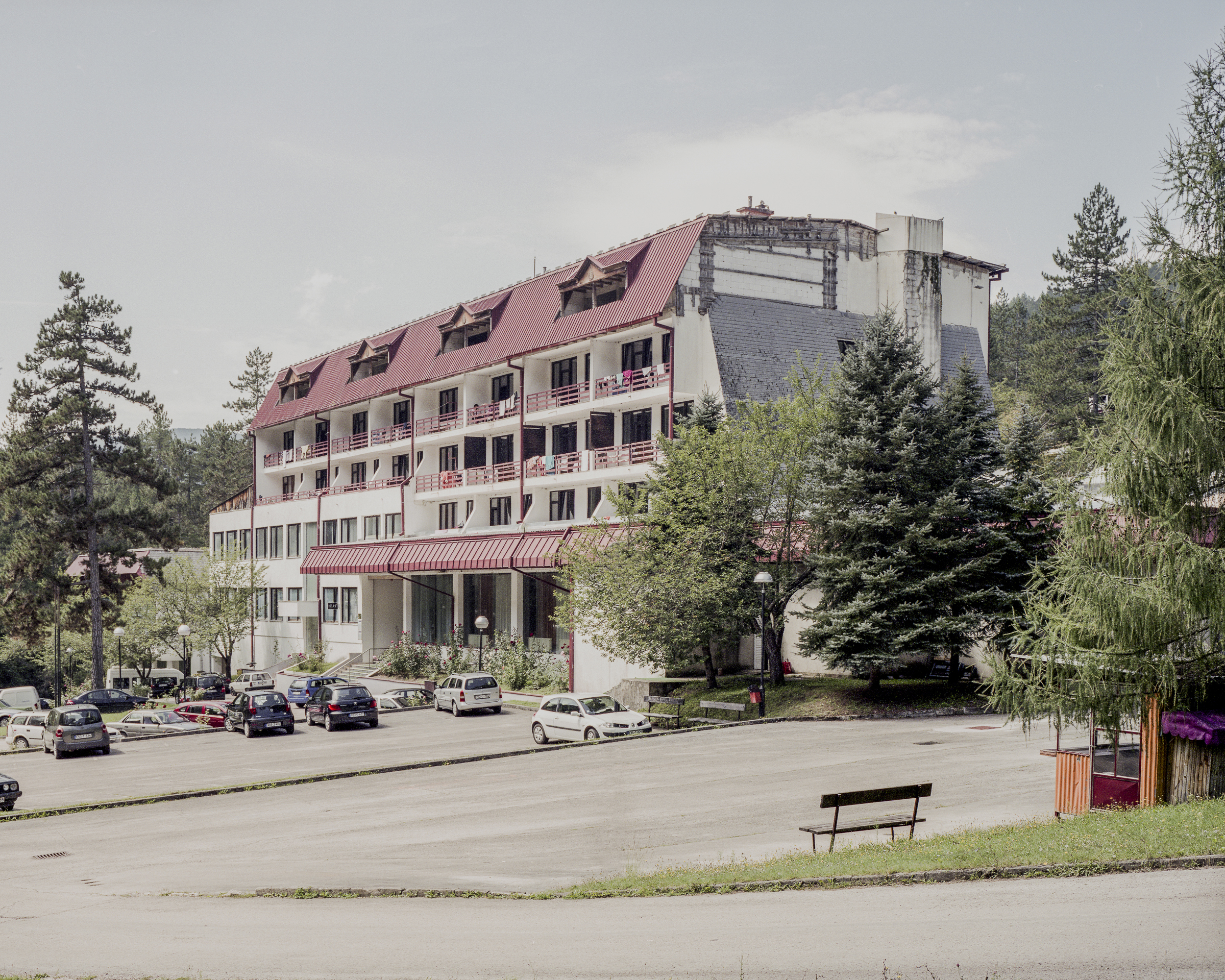
Apparently, women detained here were picked up by police officers, members of the White Eagles and Arkan’s and Seselj’s men. Many of them were not yet 14 years old. According to this witness, the women detained at the hotel had sufficient food and drink because they were the selected women meant to later give birth to Cetnik babies.
Vilina Vlas was one of the main detention facilities in Visegrad. It was located in a hotel/spa about seven kilometres south-east of Visegrad proper, on the way to Gorazde. This camp was established with the coming of the Uzice Corps in the end of April. It held women for the purposes of rape, serving as a camp brothel. Of them, five committed suicide by jumping form a balcony at the hotel, six others escaped and the rest were killed after multiple rapes.
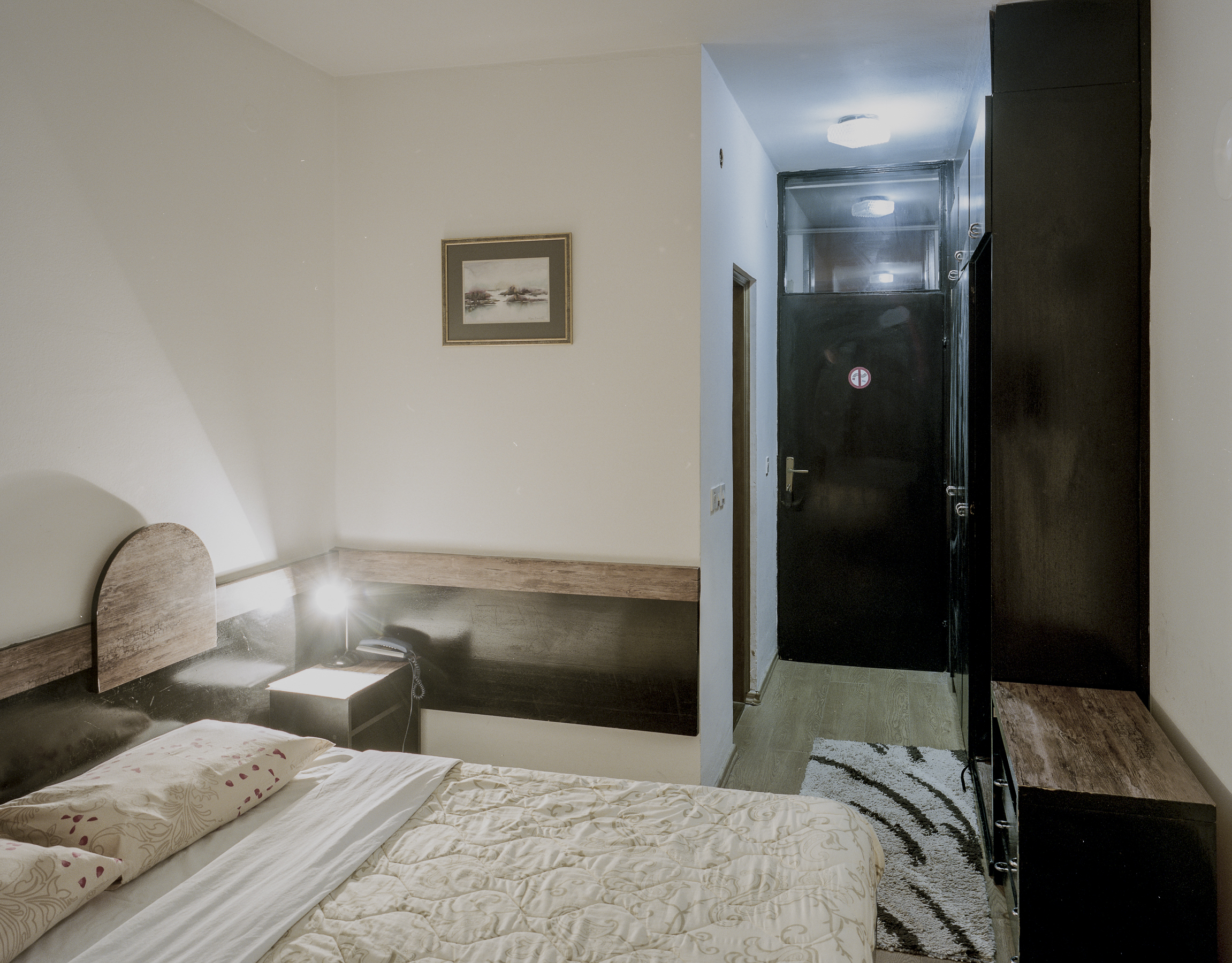
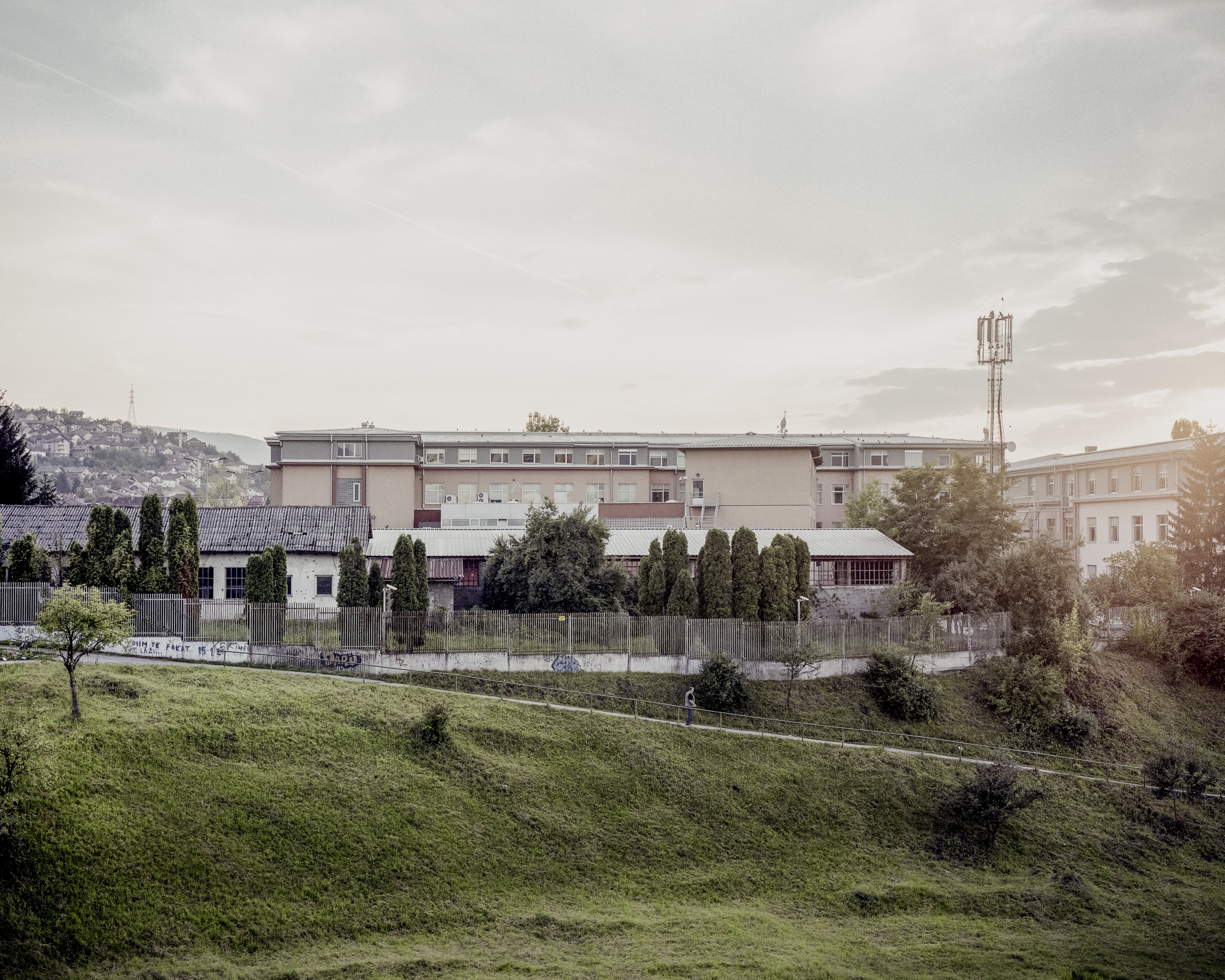


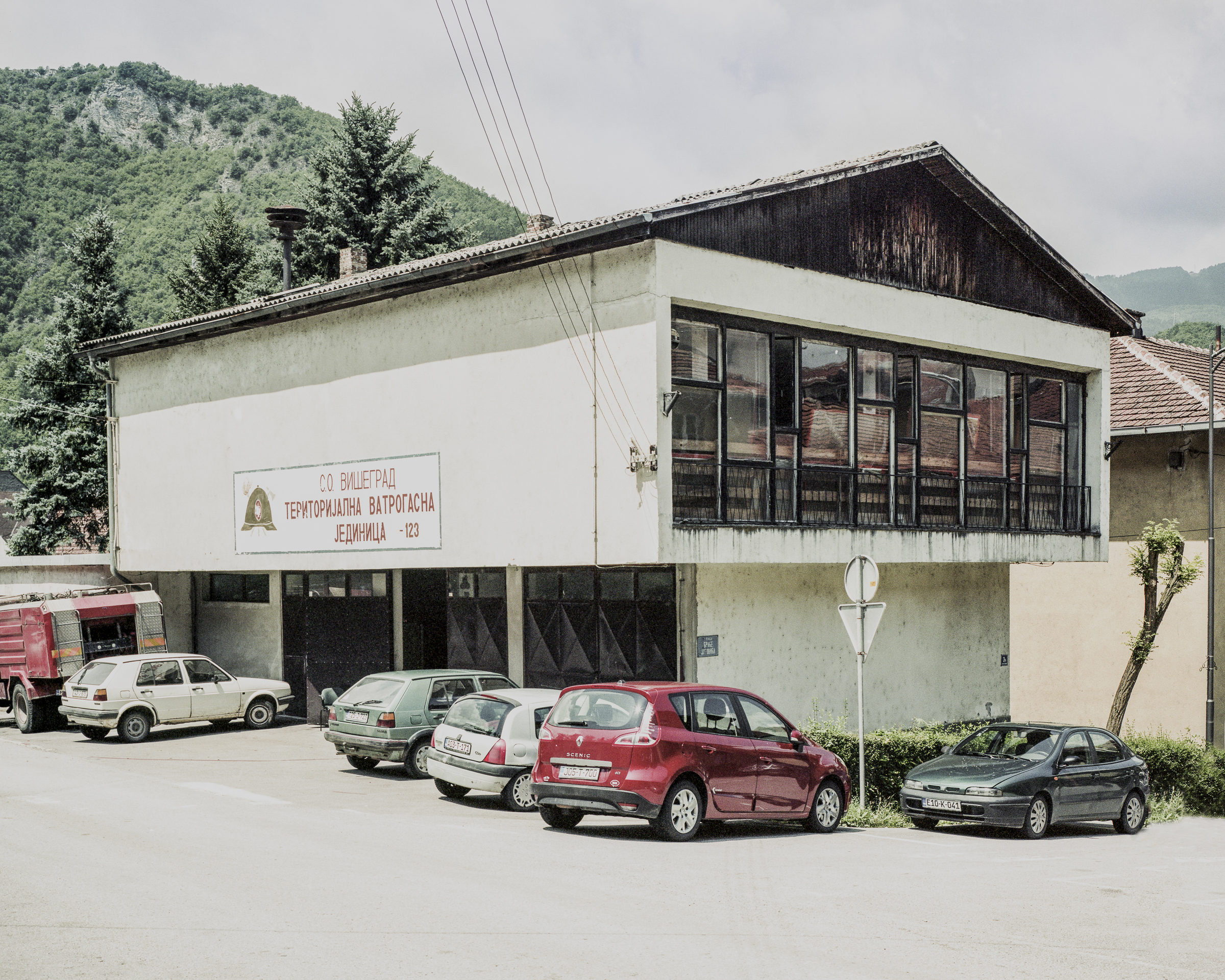
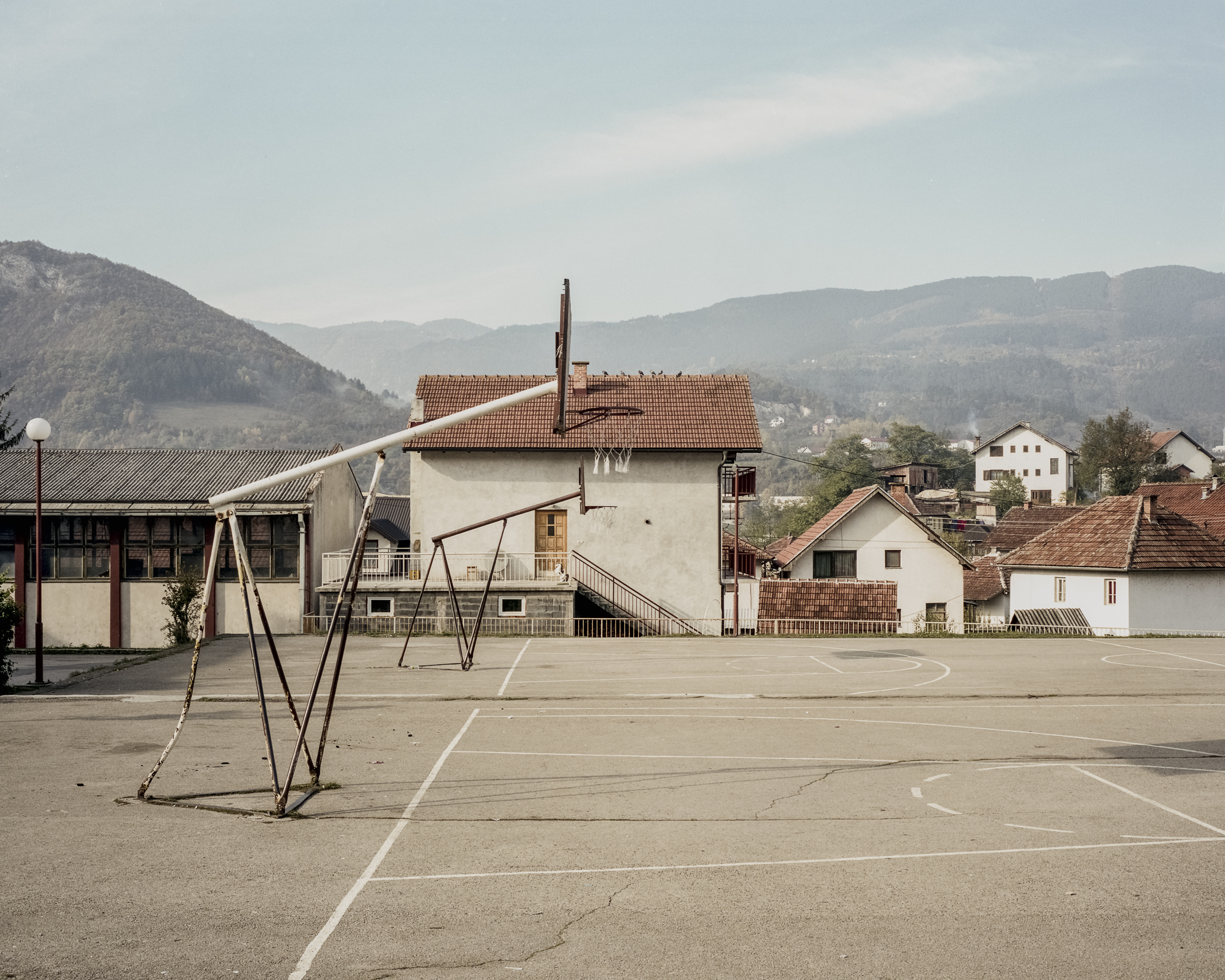

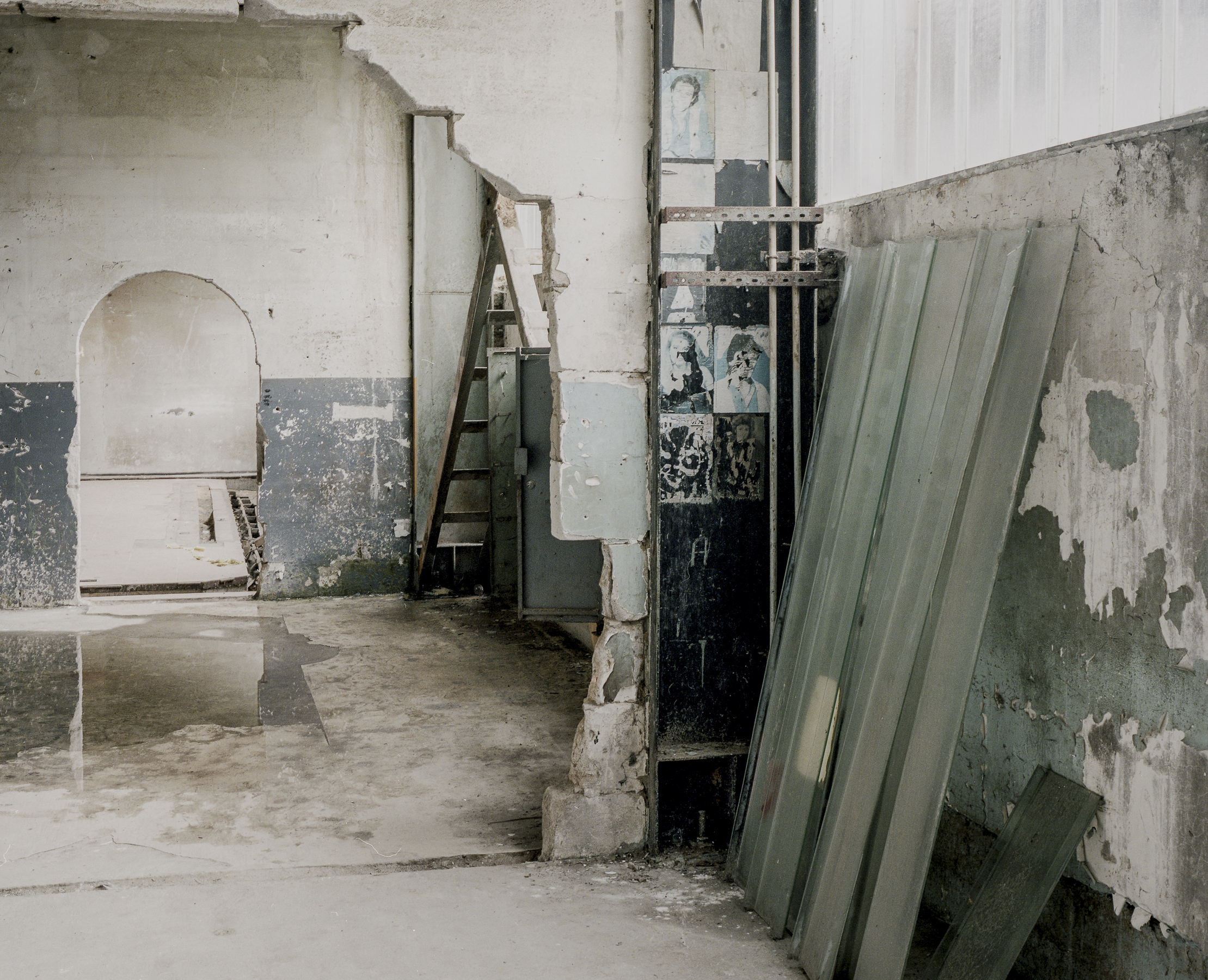
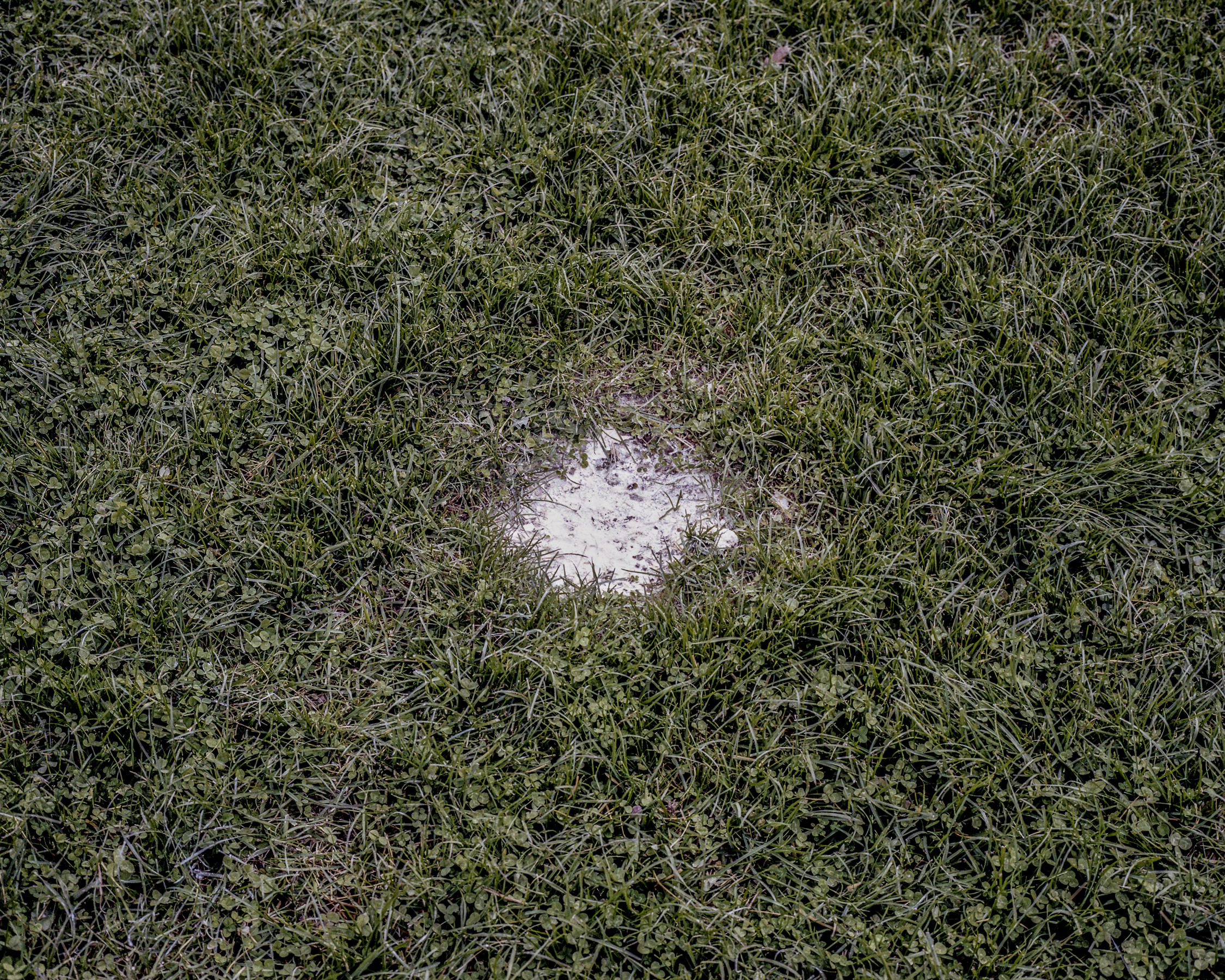

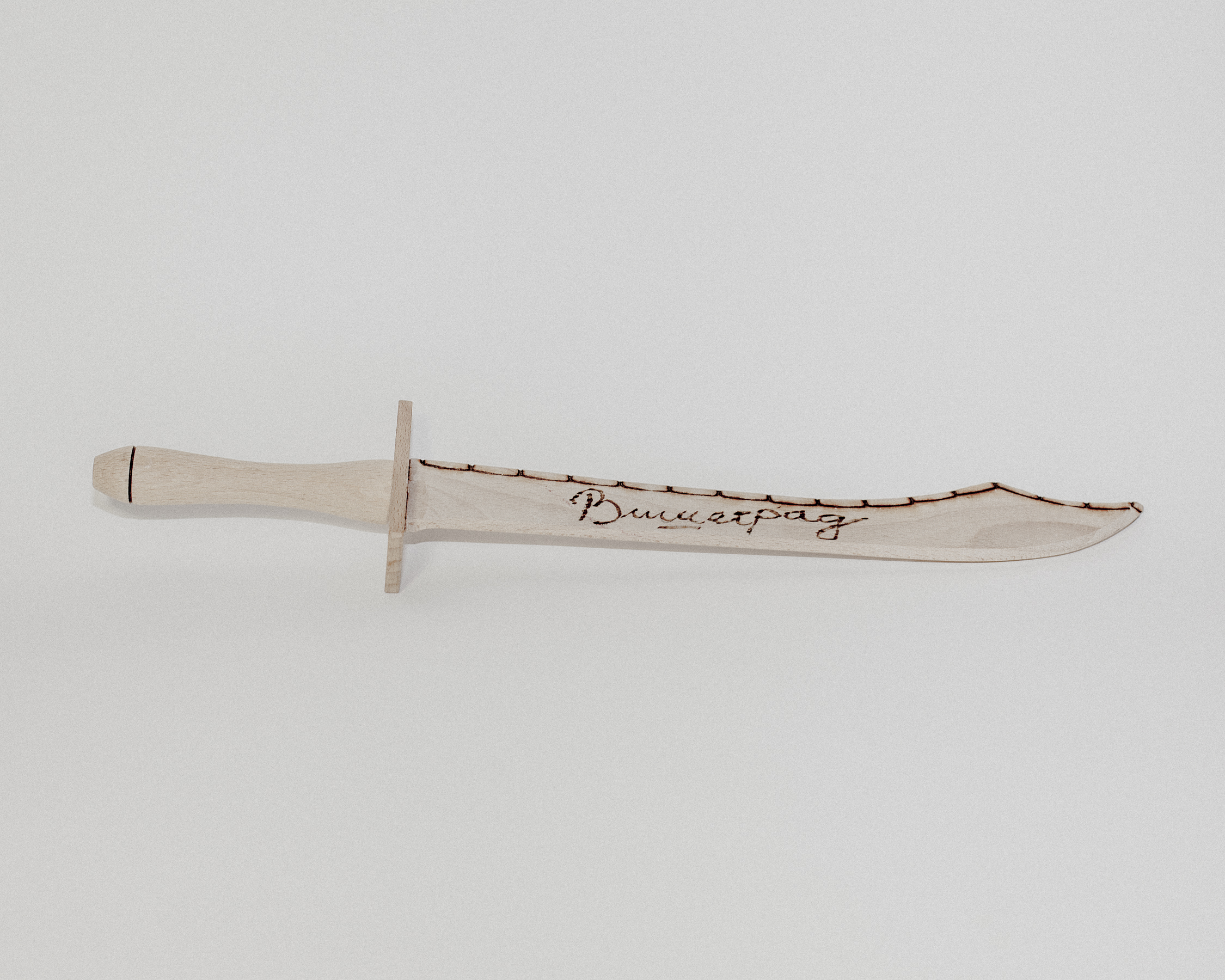
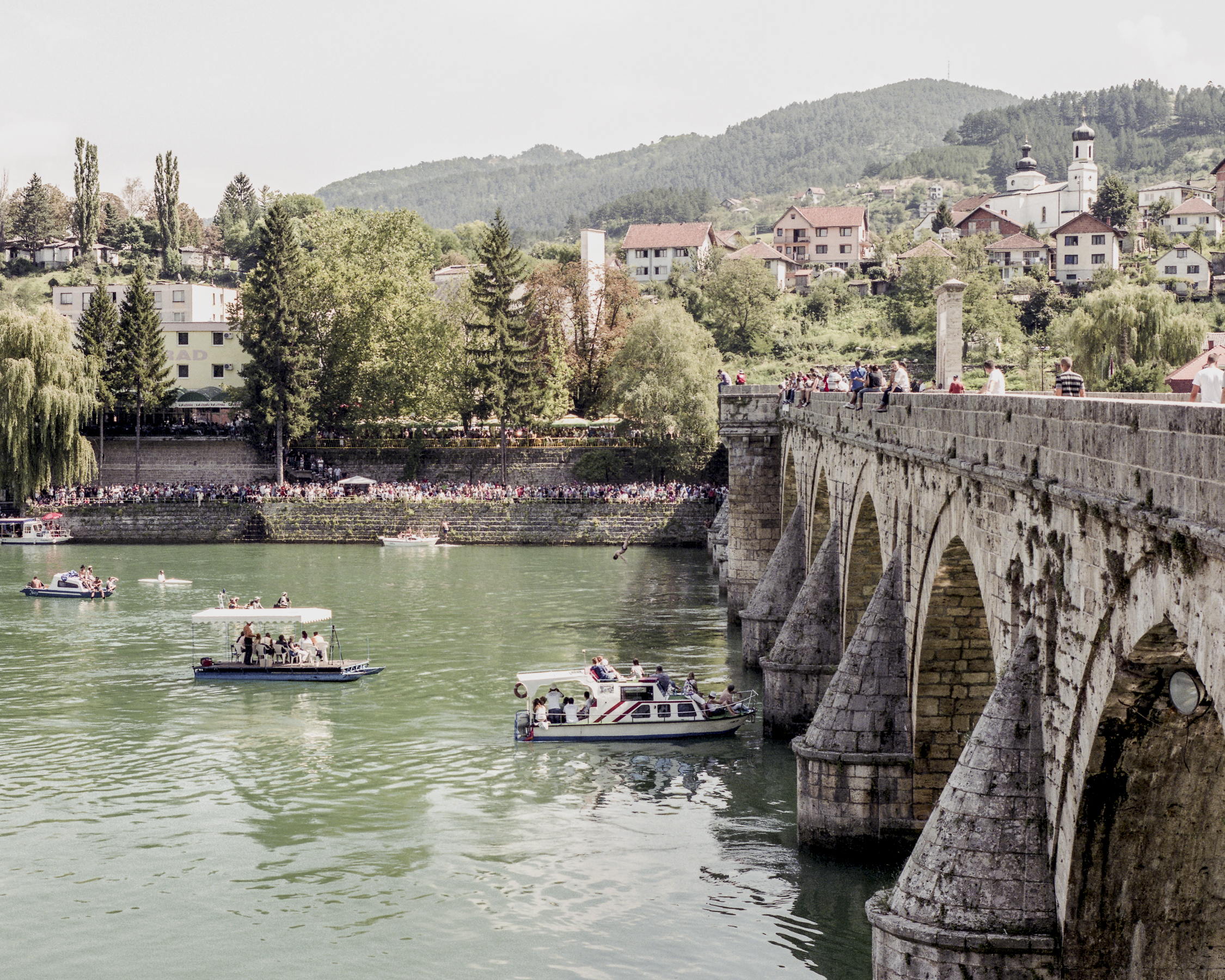
Exhibition views:
